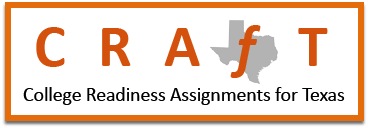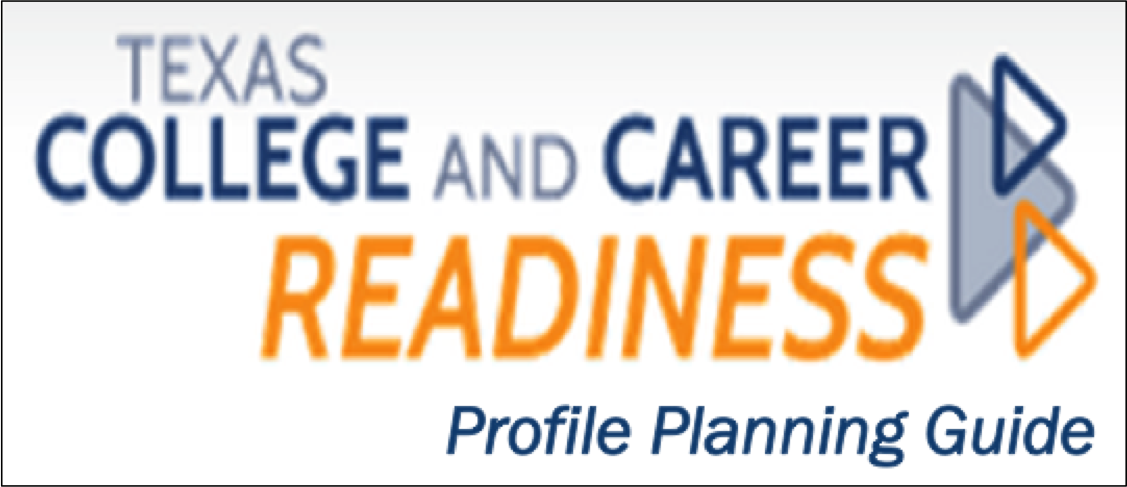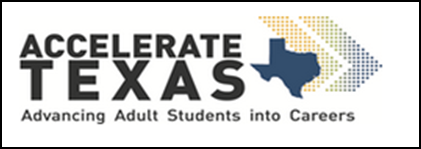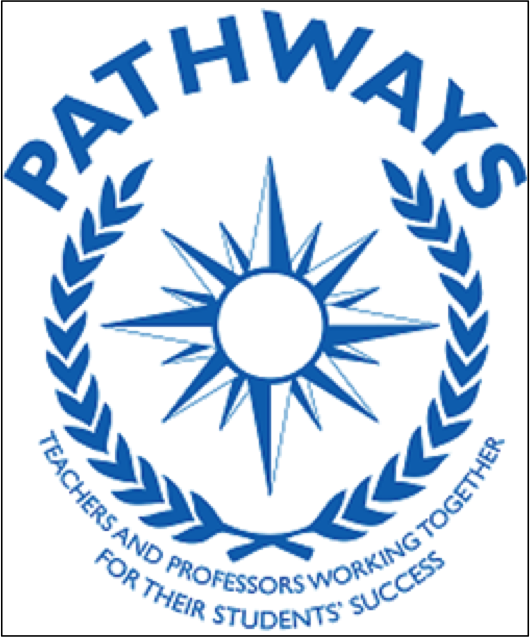![]() IX. Communication and Representation
IX. Communication and Representation
A. Connections among the strands of mathematics
1. Connect and use multiple strands of mathematics in situations and problems.
a. Represent a geometric two-dimensional figure on the rectangular coordinate plane using a set of equations or inequalities.
b. Connect the concepts of ratios, rates, proportions, and percents (e.g., show slope as constant rate of change using similar triangles).
c. Compare and contrast different mathematical concepts and procedures that could be used to complete a particular task.
d. Combine appropriate numeric, algebraic, geometric, and statistical/probabilistic methods to solve a given problem.
2. Connect mathematics to the study of other disciplines.
a. Use mathematical models to solve problems in areas such as science, business, and economics.
b. Use applications of mathematics (e.g., carbon dating, exponential population growth, amortization tables).
c. Use geometric concepts and properties to solve problems in fields such as art and architecture.
B. Connections of mathematics to nature, real world situations, and everyday life
1. Use multiple representations to demonstrate links between mathematical and real world situations.
a. Model a given real world situation using an appropriate combination of sketches, graphs, and algebraic expressions.
b. Describe a given real world situation in algebraic terms, use that description to produce a geometric description, and vice-versa.
c. Connect mathematically created tables, graphs, and functions to fit real life situations (e.g., download data from the Internet).
2. Understand and use appropriate mathematical models in the natural, physical, and social sciences.
a. Identify mathematical sequences, ratios, and patterns in nature (e.g., Fibonacci sequence, golden ratio).
b. Explain the importance of margin of error in results of surveys.
c. Apply known mathematical relations (e.g., Ohm’s Law, Hardy-Weinberg Law, rule for continuously compounded interest) to solve real world problems.
3. Know and understand the use of mathematics in a variety of careers and professions.
a. Identify mathematics used in several careers and professions.
b. Identify several careers or professions that are mathematically intensive fields.


 Show Printable Version
Show Printable Version




